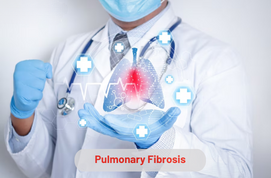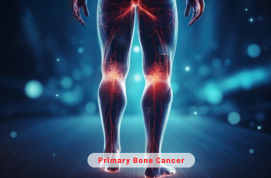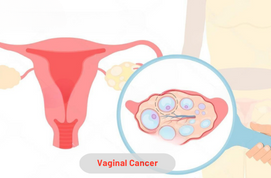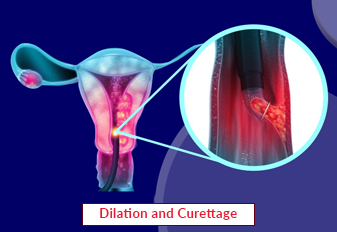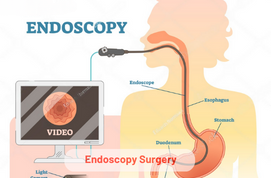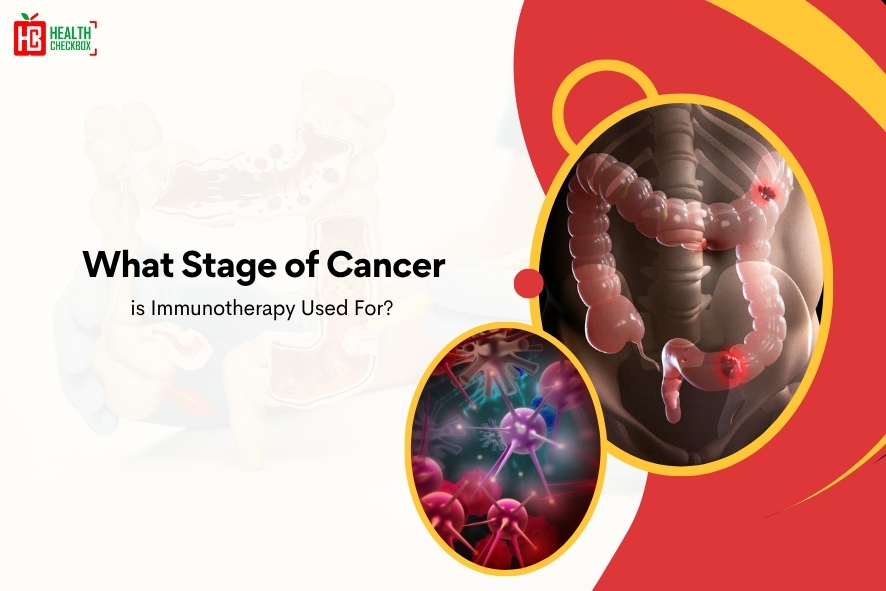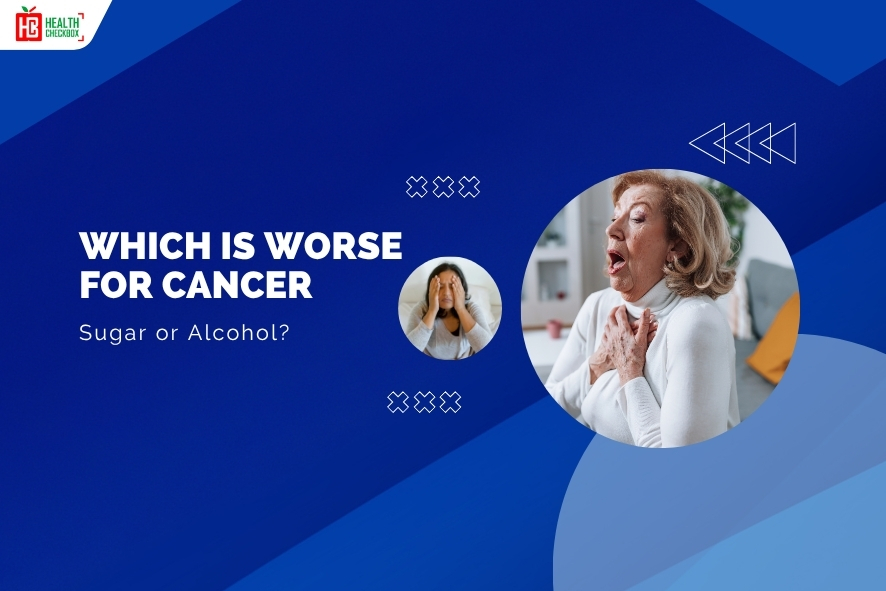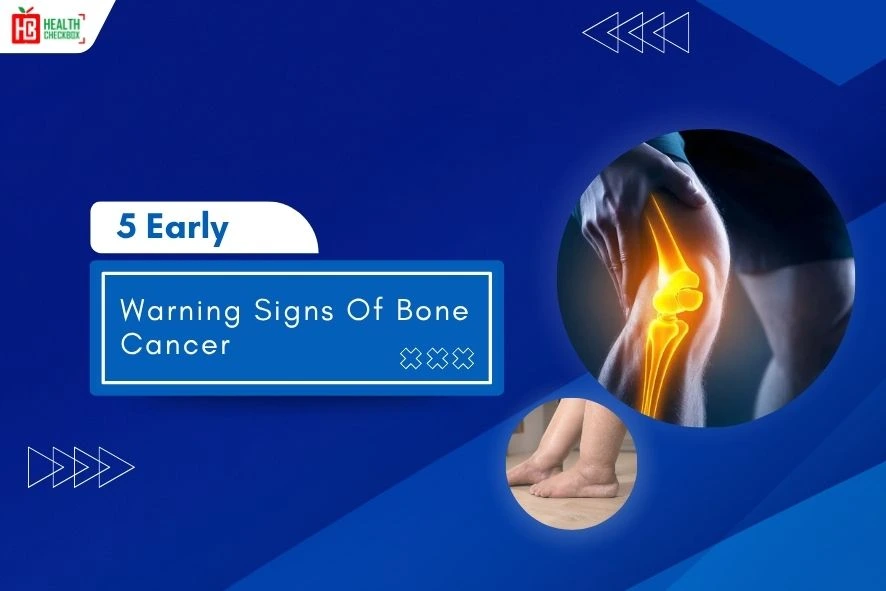Pulmonary fibrosis is a condition that adversely affects the lungs. Here, damage is done to the air sacs of the lungs known as alveoli. These become thick and are clearly marked. This lung impairment gradually increases. Lungs become stiffened and hardened. It results in an abnormal expansion, and ultimately, breathing is compromised.
As this ill-health is an irreversible process, the damaged lungs are irreparable. Drugs and therapies can help to decrease the rate of this condition. And this will lead to an increase in the quality of life.
Pulmonary Fibrosis and Who is Likely to Acquire It?
Smoking is a major cause that leads to this condition. Other risk factors include:
- Age: People who are in between the age group of 50 to 70 years are more favorable candidates for this condition.
- Gender: Men are at a high risk of contracting this illness.
- Tobacco Consumption: People who smoke regularly are at a high risk of acquiring this condition.
- Hereditary: Certain types of this condition persist in family members. Here, genes have a critical role.
Causes of Pulmonary Fibrosis
- Exposure to Toxic Substances: When a person breathes in unhealthy dust at a workplace or environment full of:
- Coal, silica, wood, or metal.
- When an individual is exposed to pollution from the environment, such as air, water, soil, and noise.
- Intake of Certain Drugs: Chemotherapy medicines such as bleomycin and methotrexate.
- Autoimmune Conditions: These include rheumatoid arthritis, scleroderma, and so on.
- Radiation Exposure: Having taken radiation therapy in the past.
Symptoms of Pulmonary Fibrosis
The signs & symptoms of this condition include:
- A feeling of tiredness
- Weight loss
- Appetite loss
- Joints and muscles that pain
- Breathing problems, mainly when you exercise.
- Bulging finger or toe tips also known as clubbing
Diagnosis for Pulmonary Fibrosis Treatment
Your healthcare may recommend tests that include:
- Chest x-ray
- CT scan or an MRI scan
- Blood tests
- A bronchoscopy
- A lung biopsy
Pulmonary Fibrosis Treatment Options
When an individual acquires this condition, most probably the person will have to live with it for the rest of his or her life. Your provider may suggest one or more treatments to relieve you of the ongoing pain that include:
- Drugs: Two drugs, pirfenidone and nintedanib may cut down lung scarring. These drugs can help maintain lung function.
- Oxygen Therapy: Giving your body more oxygen makes it easy to breathe. It may also help you gain energy and strength.
- Pulmonary Rehabilitation: Participating in a specialized fitness program may enhance your ability to do daily duties or activities.
- Lung Transplant: One or both of the damaged lungs is replaced with a healthy lung or lungs from a willing donor. This will be a boost for your health and improve the quality of life. A lung transplant is a surgical medical procedure for which not everyone is a candidate.
Life Expectancy For People Infected With this Condition
Depending on the condition, some people live only for months while others live for several years. Having been diagnosed with this condition, the below-mentioned steps will guide you to stay in the best of your health:
- Take Proactive Steps to Avoid getting Sick: It is better to hand wash before meals, and you should avoid direct contact with anyone who is not well. Try to avoid risk factors, wherever possible. If you have pulmonary fibrosis, your body will take longer to recover from infections that other individuals can fight off with ease.
- Keep up with Vaccines: Lung scarring impairs the body’s ability to fight infections. To reduce your risk, be vaccinated against pneumonia, influenza, and COVID-19.
- Healthy Habits: Maintain a healthy behavior by being active and eating healthy and wholesome food. Get lots of rest and stop smoking.
Latest Health Tips
Can Immunotherapy Cure Stage 4 Lung Cancer?
Early Signs of Cervical Cancer
Foods that Kill Cancer: Leafy Vegetables, Grains, & More
What Stage of Cancer is Immunotherapy Used For?
Which is Worse for Cancer, Sugar or Alcohol?
Vaccines That Prevent Cancer
What Kills Cancer Cells in the Body Naturally?
5 Early Warning Signs of Bone Cancer
Submit Your Enquiry
Testimonials








